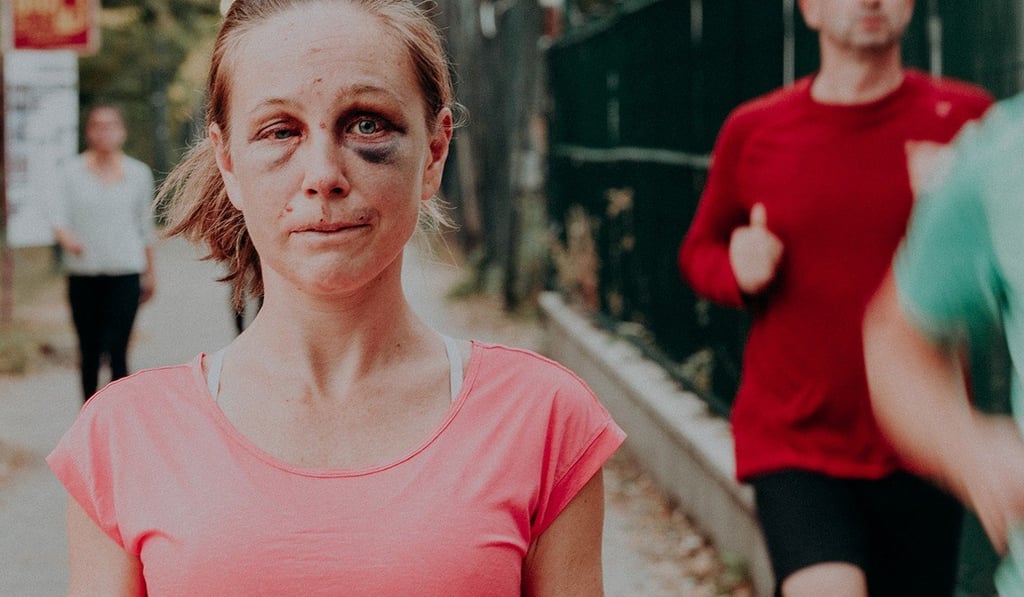Trail Mix | Running in fear: the brutal realities confronting women brought to light in new movement
- Hungarian ultramarathon champion Viktória Makai launches a campaign called ‘Run Away!’ to raise awareness of violence against women
- Her story is not the first, nor will it be the last, of abuse and violence against women

Seven-time Hungarian ultramarathon champion Viktória Makai was doing her regular Sunday run along a road near her home in Budapest in October when a man tackled her. She screamed and tried to escape, but he beat her head bloody and then sexually assaulted her.
Thankfully, Makai’s husband managed to find his wife in time. He forced the attacker away, and immediately took her to the hospital.
The assailant, who was arrested that the same day, was no stranger. He worked at a store near their home.
“I recognised him. He greeted me every morning with a smile on his face,” Makai said after the incident.
Two days after the attack, mother-of-two Makai posted a photo of her bloodied running shirt on Facebook. She thanked her husband for saving her life.

